"Does pre-exercise static stretching decrease your performance"? How Research Looks at Static Stretching We have a problem. It's extremely common for people to quickly adopt a rigid point of view after reading or hearing about a particular research finding. This is especially disturbing when the research isn't even relevant or practical to how things are actually performed in reality. A great example of this is the research on static stretching. Research that began years ago had athletes static stretch for long durations and then immediately test their power output with something like a vertical jump. And...unsurprisingly what the researchers found was that static stretching before a max effort jump decreased their jump performance. The problem here is that this research only tells us one thing: stretching for long durations immediately before a max effort jump decreases our jump performance. That's it. It doesn't tell us anything else. It doesn't tell us the impact of static stretching when we use shorter durations, when we use it as a small part of a complete warm-up, when we use it before a sport that has a slower stretch-shortening cycle, or the impact it can have on our long-term health. Why this Research is Irrelevant Research that claims pre-exercise static stretching decreases your performance is irrelevant to most sports, but especially the sport of rowing. A Complete Warm-up When studies include static stretching as part of a complete warm-up decreases in performance are negated or participants show improvements in performance. This is especially true when static stretching durations are kept on the shorter end (~30 seconds) and followed by a dynamic and/or sports specific warm-up. Doesn't that sound a lot like how rowers actually warm-up? No rower stretches for 60+ seconds and then immediately starts their 2K. Ideally they follow a specific sequence such as foam rolling, static stretching, activation, dynamic stretching, plyometrics (optional), followed by a rowing specific warm-up. This type of warm-up can lend you all of the benefits of static stretching without taking away from your performance. Stretch-Shortening Cycle Studies also find a difference based on speed of contraction. Some sports like sprinting have faster stretch-shortening cycles while other sports like rowing, have a slower stretch-shortening cycle. This basically means sprinting is more elastic and springy while rowing is less so. Research claims that static stretching before an activity with a slower stretch-shortening cycle is less likely to show a decrease in performance and more likely to show the opposite, an improvement in performance. This may be due to differences in how we store and express energy in these two very different sports. So not only is this research irrelevant to rowing because of the way we actually warm-up, but also because of the speed of the stroke. Potential Static Stretching Benefits What are some of the potential benefits of static stretching. In general, the vast majority of research agrees that static stretching is an efficient way to improve range of motion. Other research claims that it can also have a positive impact on your recovery time and your mental state. 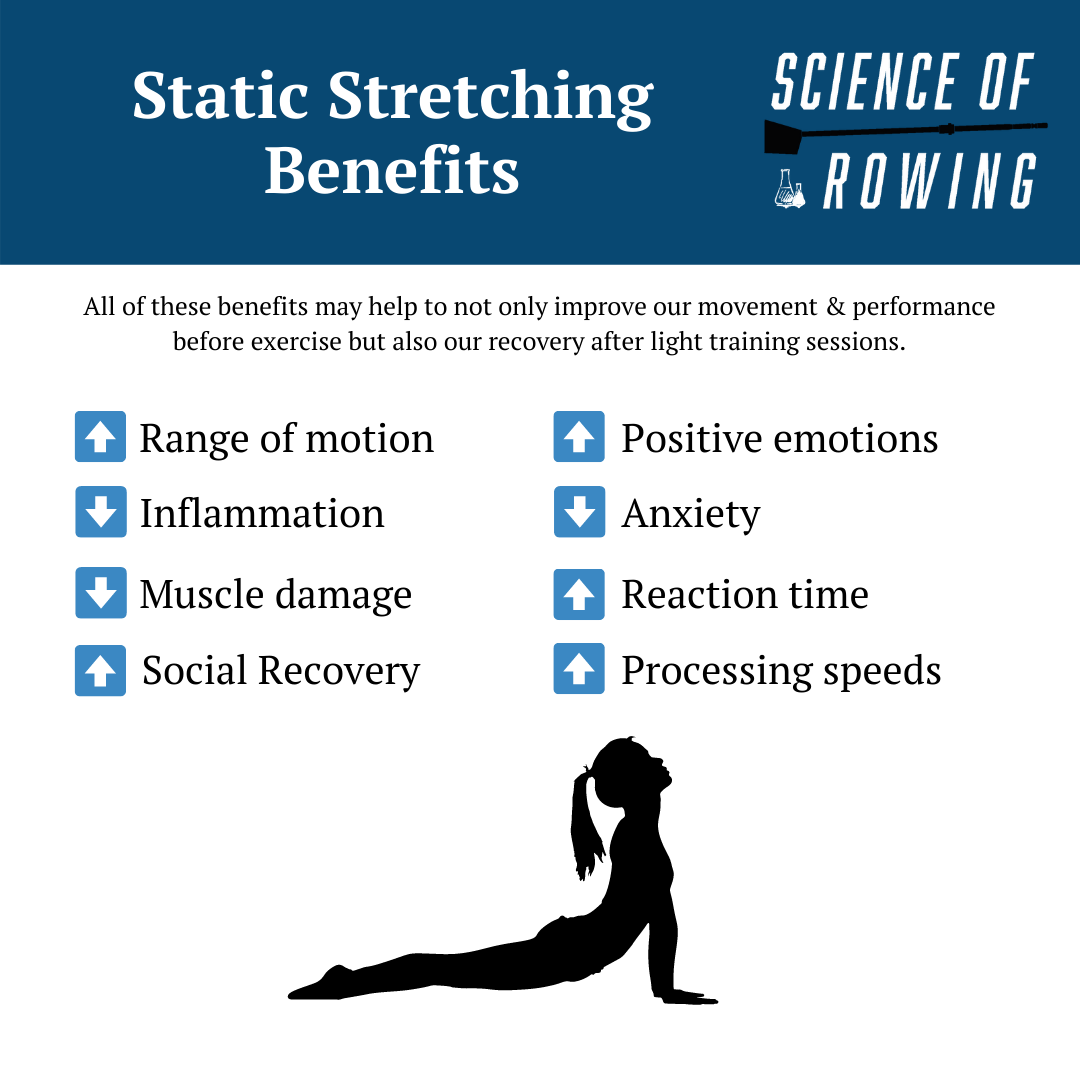 Range of Motion Improving range of motion can be extremely valuable for rowers. In a sport that can be won or lost by inches the ability to reach for that extra inch can end up improving your position, your leverage, the length of your stroke, and in-turn the speed of your boat. To improve range of motion before practice I use a complete warm-up that includes foam rolling, static stretching, activation drills, dynamic stretching, plyometrics (optional), followed by a rowing specific warm-up (in that order). Recovery Time With how often rowers train we need to prioritize our recovery. One way to do so is to use methods at the end of practice that help us relax. We can use short static stretches as part of our cool-down to help us wind down after a difficult practice. This may help to decrease inflammation and muscle damage. Do note that static stretches of greater intensities and longer durations after a hard training session can actually cause more damage to the muscle fiber, potentially delaying our recovery time. Stick to short (~10 seconds) and light stretches after high intensity sessions. Mental State The often undervalued benefits of static stretching are the mental benefits. Studies have found that static stretching can help to improve your mood, decrease levels of anxiety, fill your social recovery bucket, and in-turn improve your reaction time and processing speeds. By lending your athletes time to stretch it gives them time to relax and enjoy their teammates before they shift into competitive mode. All of these benefits should help them get into a better mental state before the training session or competition, and may even impact their technical abilities. Long-term Another reason why some people decide to skip stretching is the inconclusive finding on the long-term benefits of stretching. Many research studies have found it difficult to claim that stretching decreases injury potential. However, if you look at studies that perform a complete warm-up consistently over time you see long-term benefits and a positive impact on injury rates. This is especially true when the coaches believe the warm-up is valuable. If a coach doesn't value something, the athletes will notice and that will impact their intent, focus, and consistency. How to Enjoy the Benefits Pre-exercise stretching does not decrease your performance, especially if... Happy Stretching!
0 Comments
Leave a Reply. |
Author
Blake Gourley holds a Masters of Science in Sports Performance Training and has over 12+ years of experience working with rowers. Read more Categories
All
Archives
August 2023
|
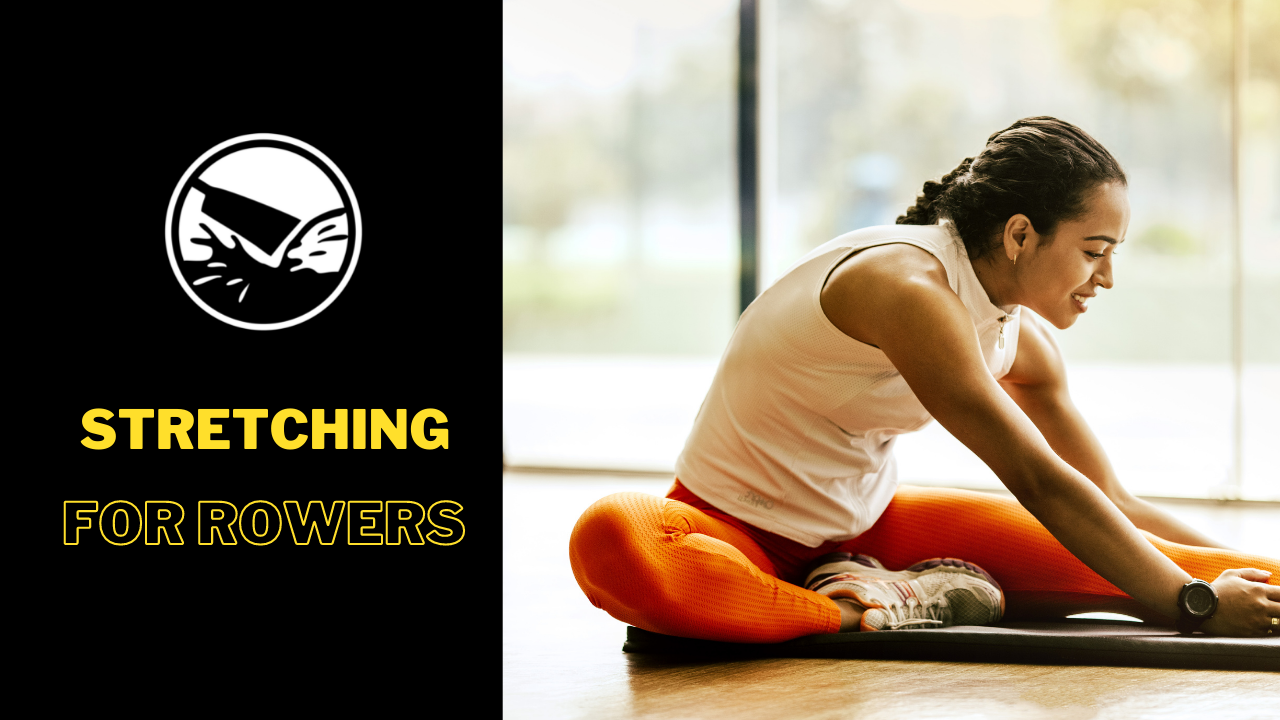
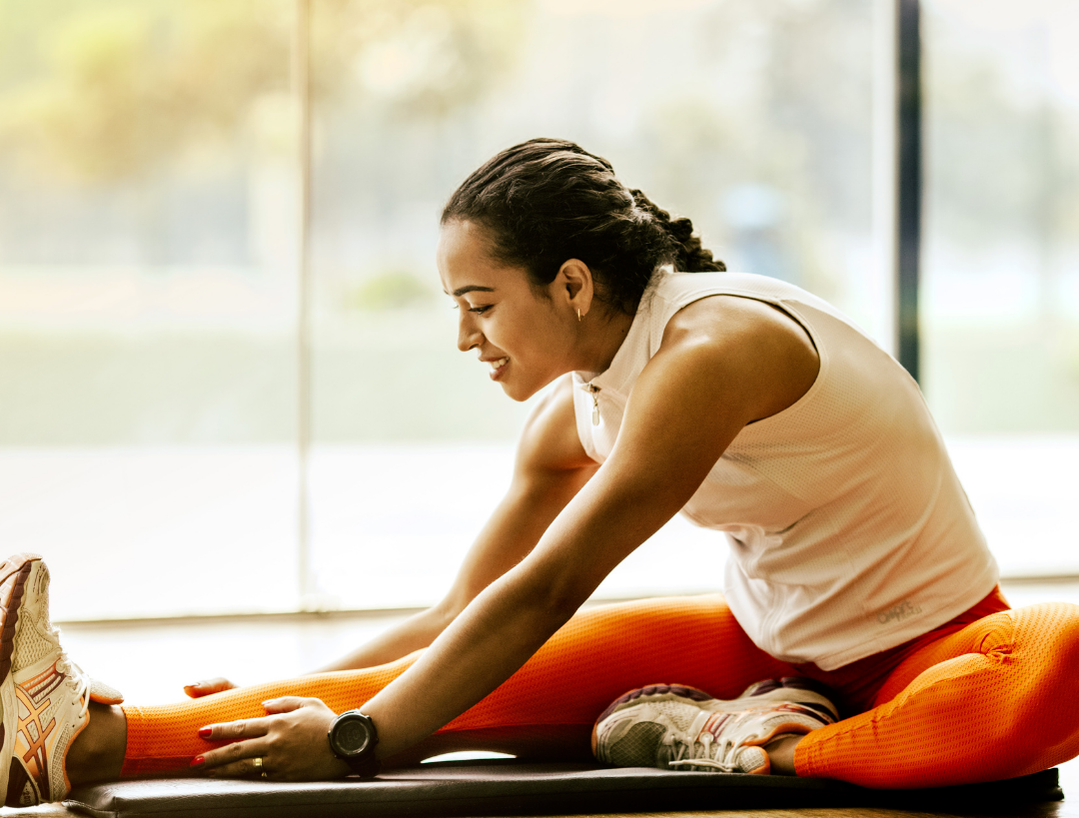
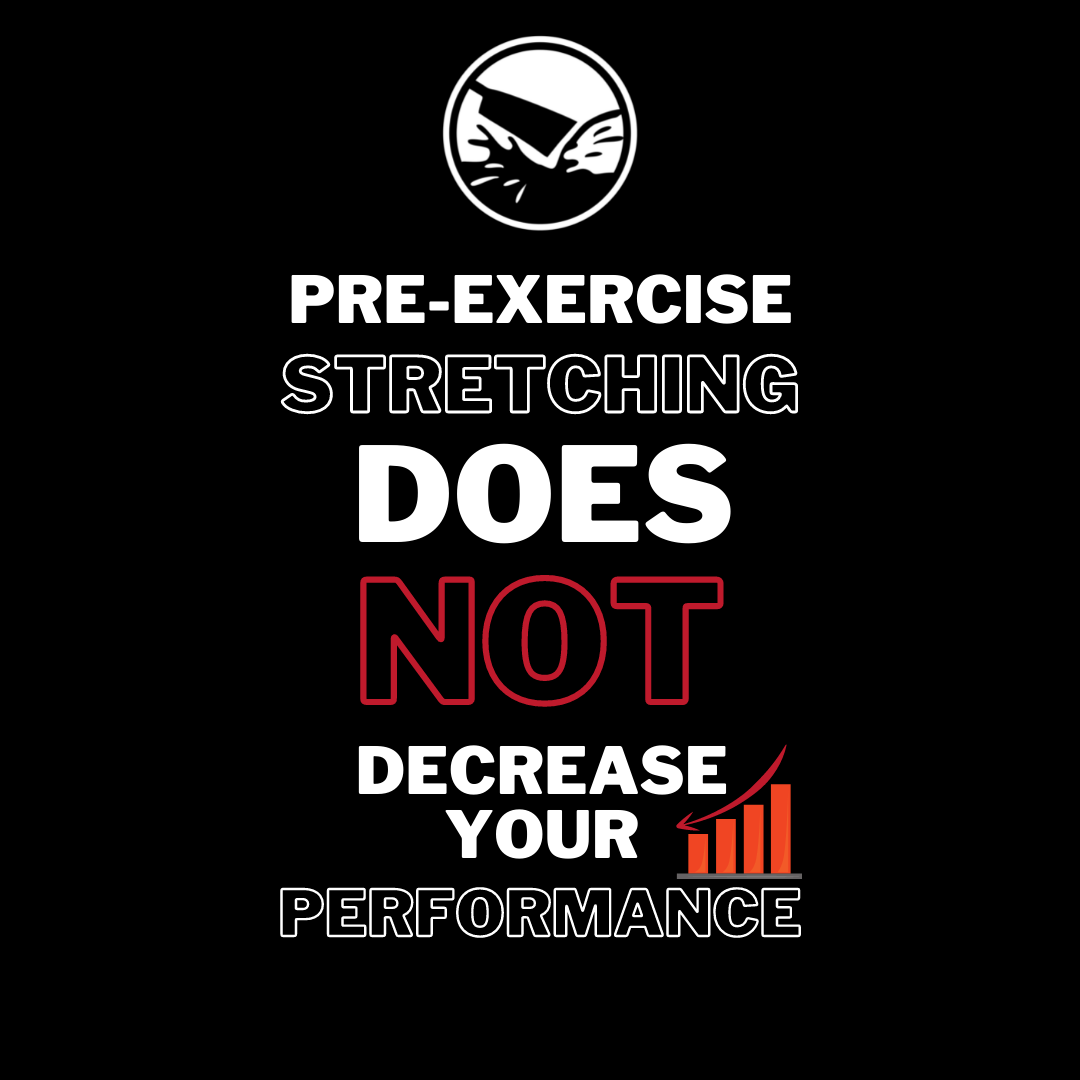
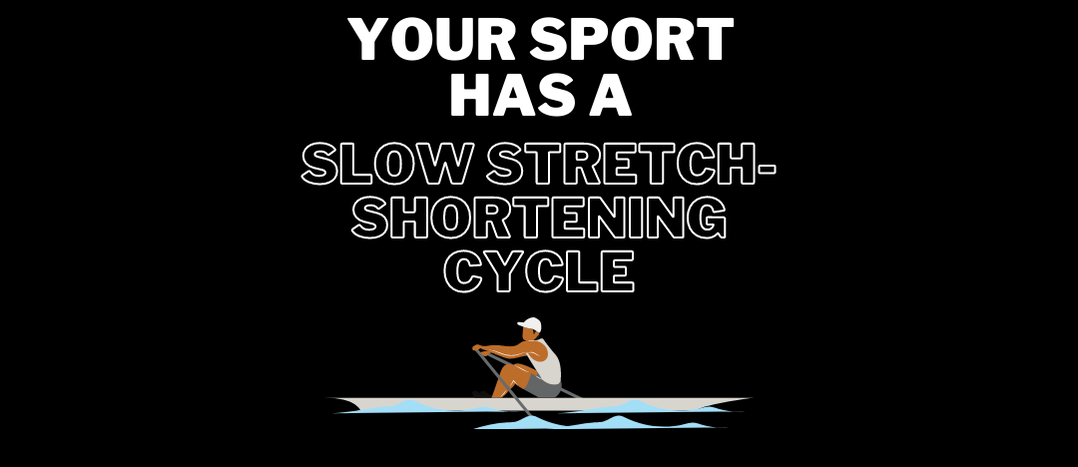
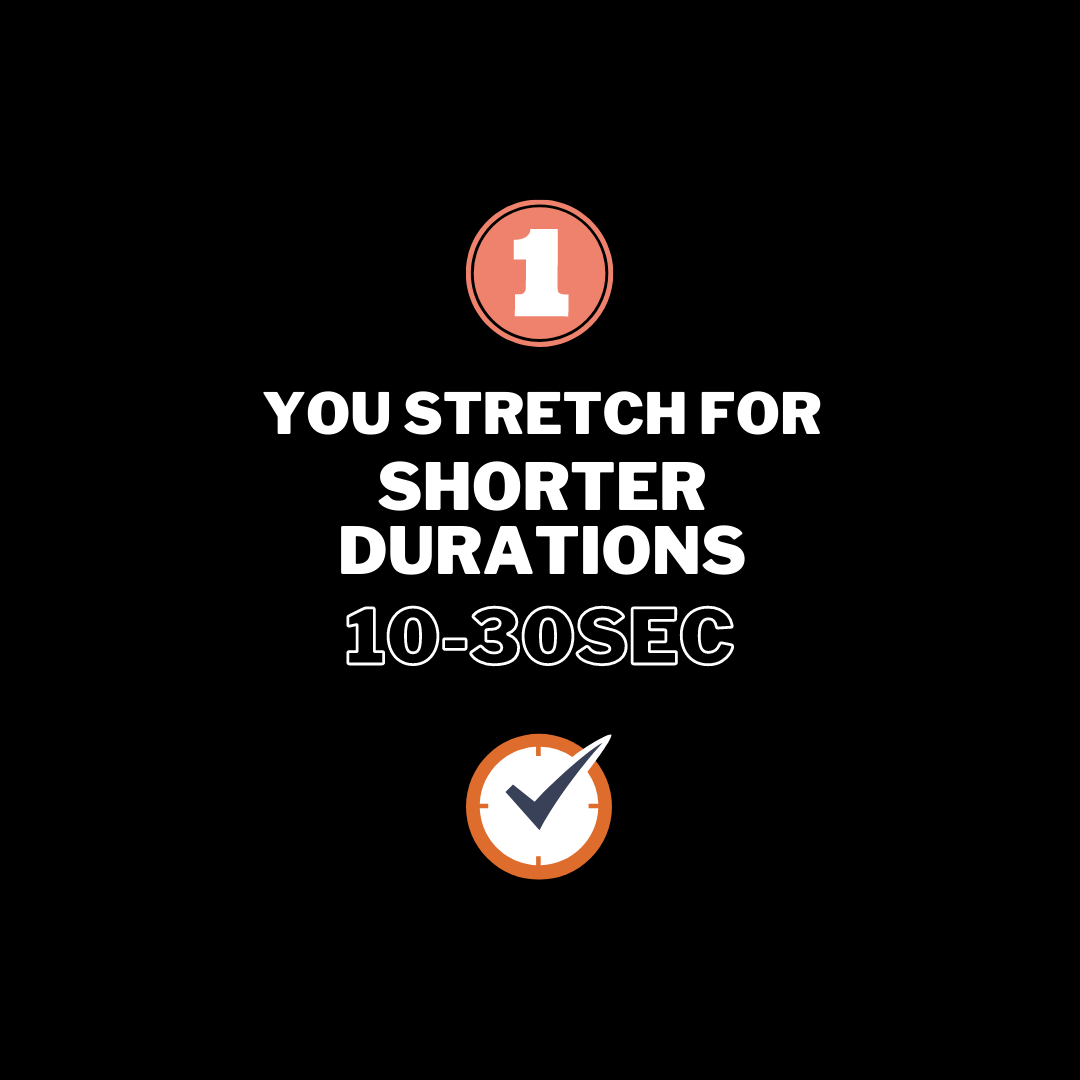
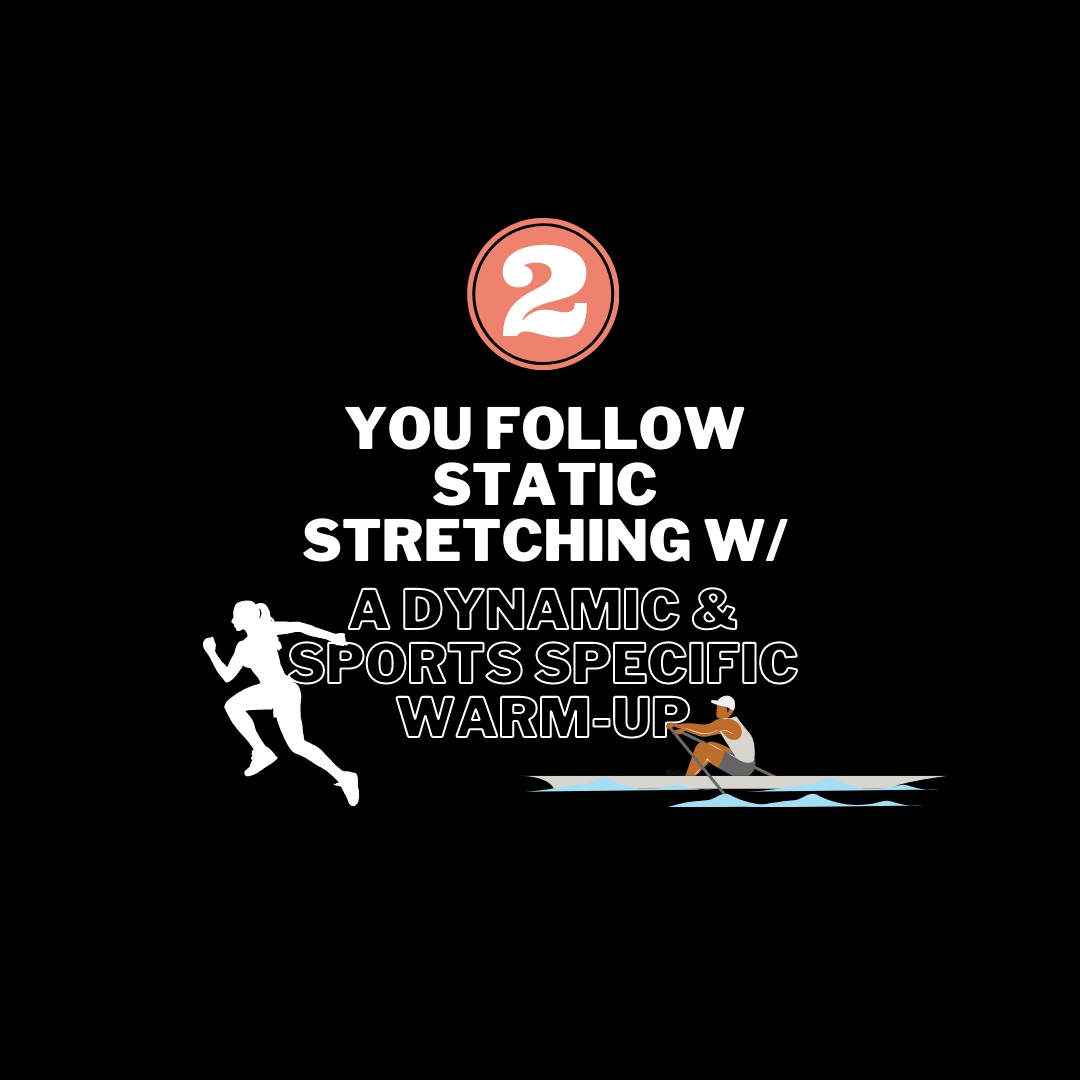
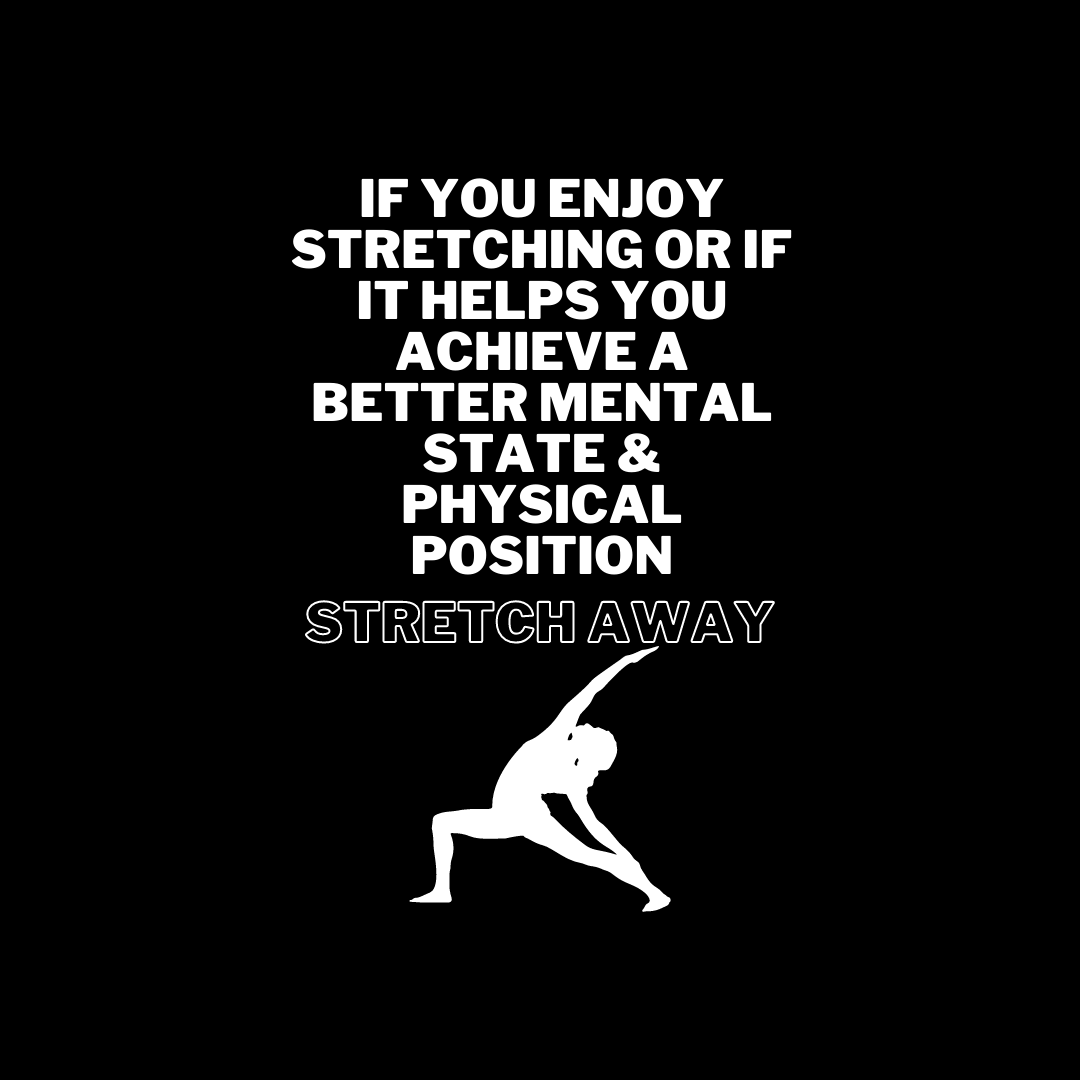
 RSS Feed
RSS Feed